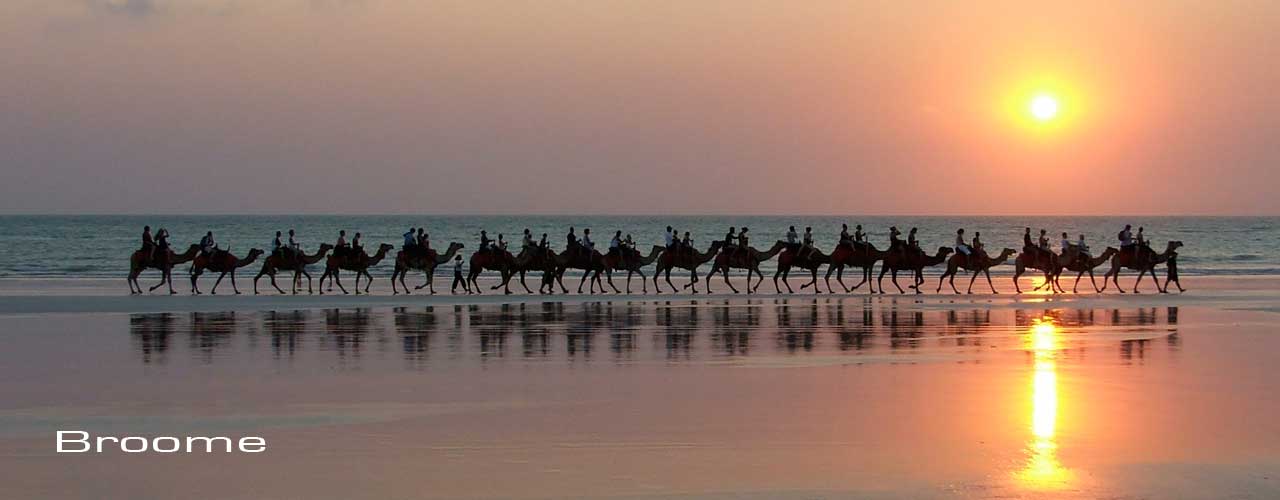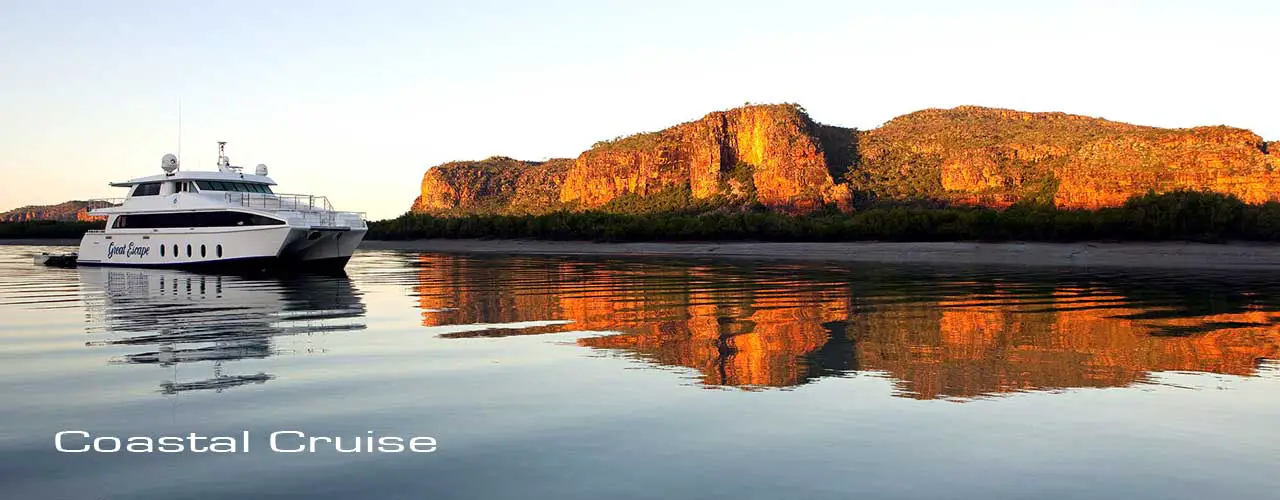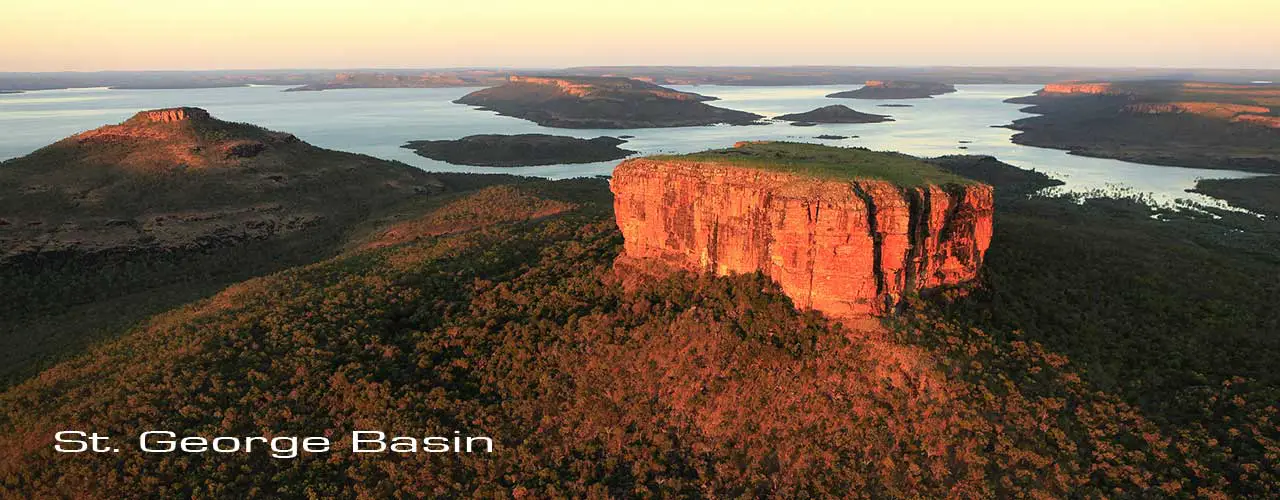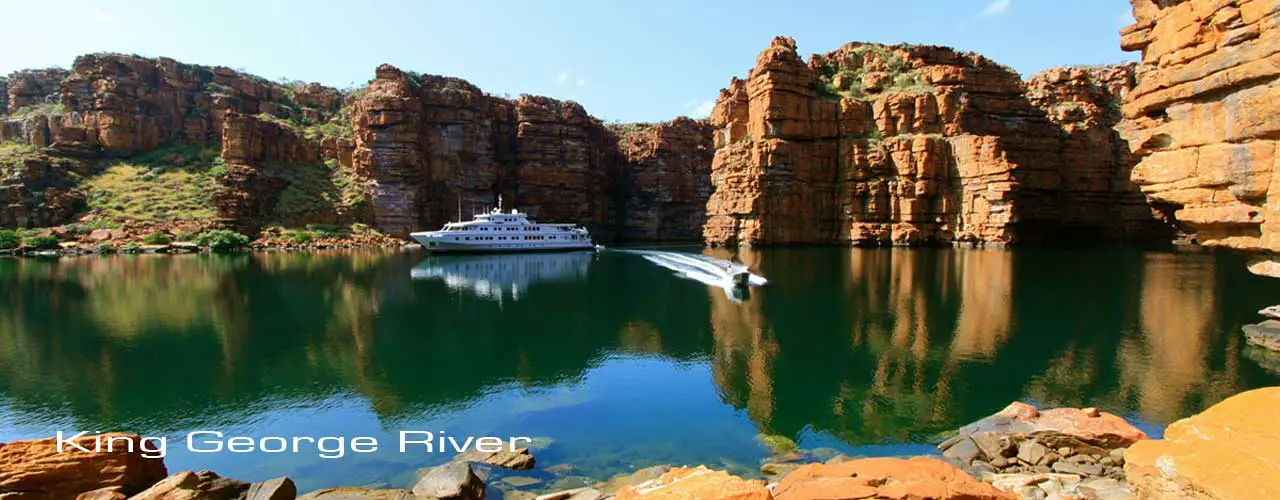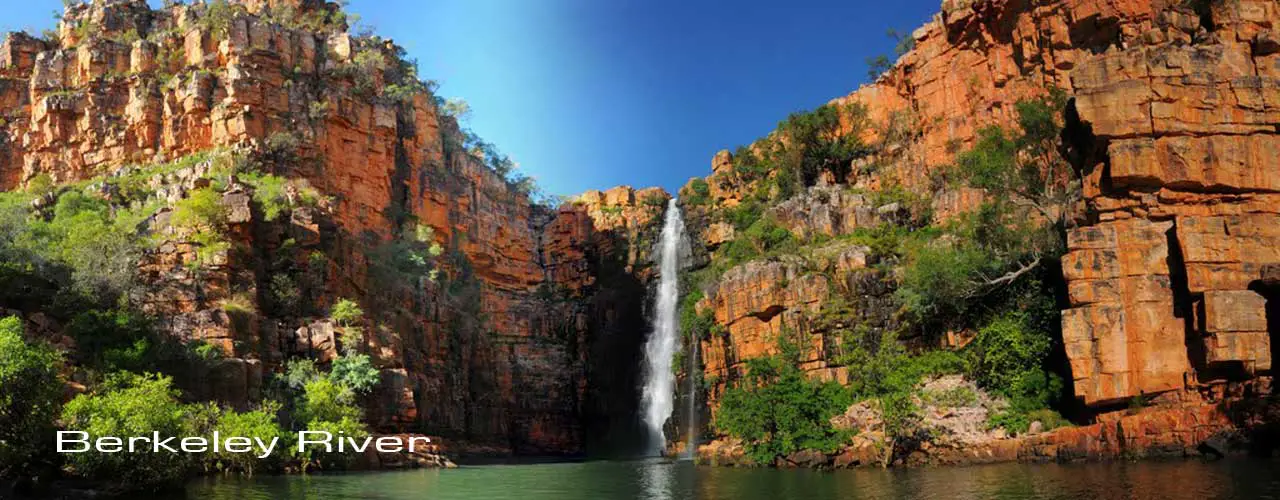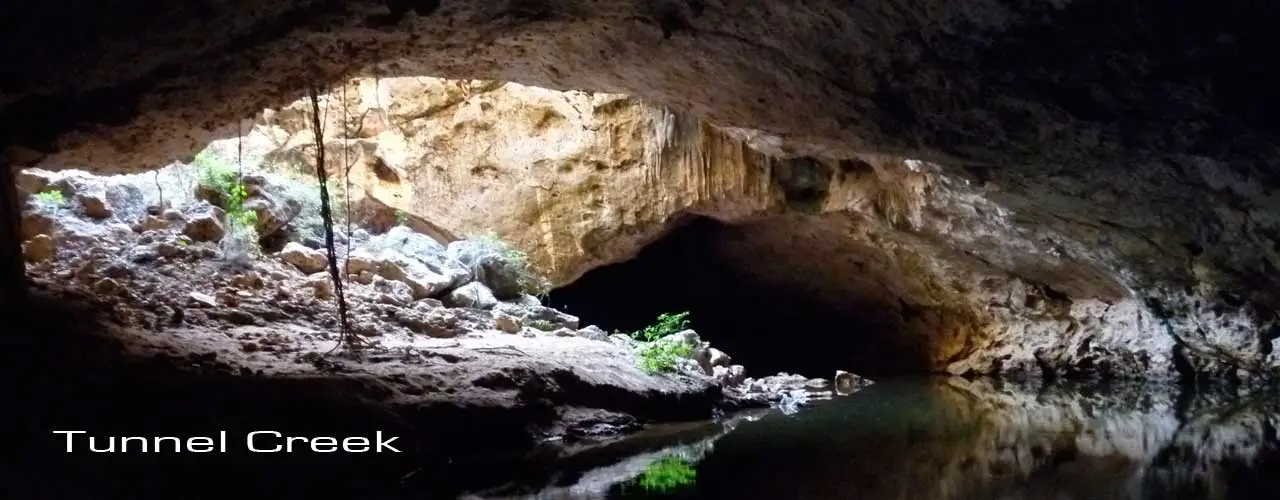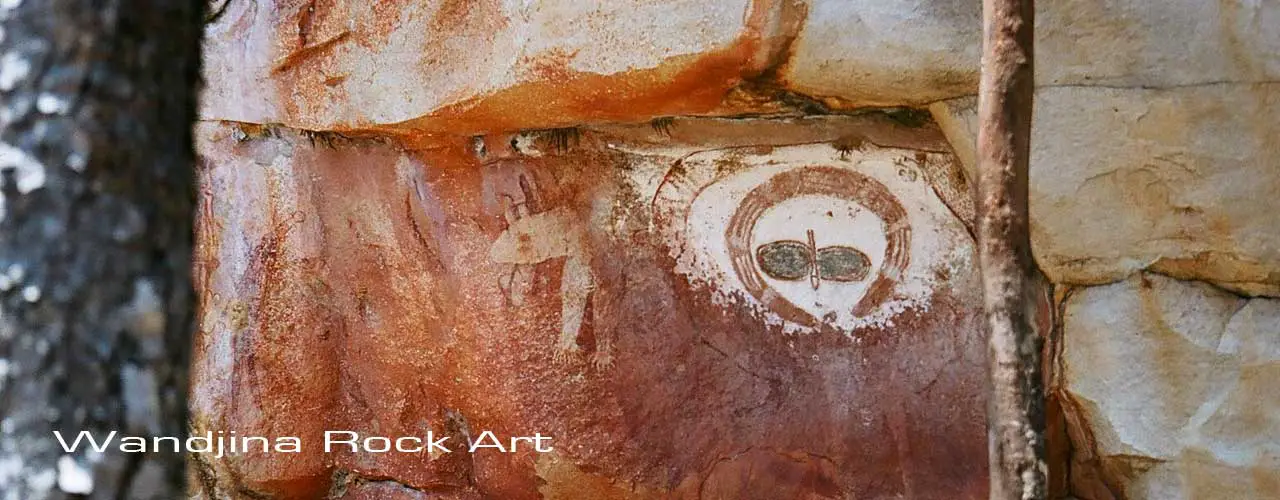The region known simply as The Kimberley takes its evocative name from its most imposing landmark; an ancient mountain range visible from the rugged sea coast. Covering more than 400,000 square kilometres (an area three times larger than England) in North West Australia, it is a place universally acknowledged as the world's last - and possibly most beautiful - wilderness.
The Kimberley is a place of magnificent vistas created by towering rock ridges, silent secluded gorges, wide savannah plains and waterfalls which defy both nature and belief. Its coastline is nothing short of stunning and according to all who have seen it, there is no other stretch of coastline in Australia that comes near in terms of its ability to inspire awe and wonder.
The Kimberley is vast, stretching from a dramatic coastline of islands, cliffs and sandy beaches facing the Indian Ocean to the west and the Timor Sea to the north, across gorges, escarpments, vast open plains, river valleys and cave systems to the arid Great Sandy Desert in the south and the Northern Territory in the east.
The ancient inland landscape is punctuated with astonishing gorges and waterfalls, spectacular cave systems, lush rainforest patches and abundant wildlife. It is like nowhere else on Earth.
Until relatively recently, the Kimberley was a place for only hardened pioneers and prospectors. Once the National Highway circumnavigating the country was completed, however, the Kimberley became a highlight on the travel map, and Australians as well as overseas visitors are now getting a taste of what they've been missing - and are loving it. The Kimberley region is still one of the remotest areas on earth, however, most of its roads are still unsealed, and there are fewer people per square kilometre than most other places on earth.
Just as "Big" equates to "Texas" in the United States, so in Australia, "Big" equates to The Kimberley. Everything here is super-sized. The distances are big, the gorges and canyons are larger than life, the waterfalls are more dramatic.
The colours of the earth, the rocks, the ocean and the sky are all so bold and vivid, when you see photographs of them, you'd be forgiven for thinking that they have been tweaked by a computer program to exaggerate their intensity. They haven't. As anyone who has been there will attest, what you see is exactly what you get.
How To Get There

By road from Perth, take Great Northern Highway via Meekatharra to Port Hedland. Continue north to Broome (2,238 km from Perth) and Derby 92,391 km from Perth). By road from Darwin, travel south on Stuart Highway to Katherine. At Katherine, take the Victoria Highway to Kununurra (830 km from Darwin). Derby, Broome and Kununurra are connected by daily Greyhound Australia Coach Services.
By air: Broome and Kununurra are connected by daily flights to Perth and Darwin. Broome is also connected by daily flights to Brisbane, Sydney, Melbourne, Port Hedland and Karratha.
Best Time To Go
The Kimberley is a tropical region with two very distinct seasons - The Wet and Dry. December to March is the height of the wet season - humidity is high, it rains daily and cyclones are common. The Dry season begins around April and extends through to September. The Dry season is the peak tourist season. September to November is when humidity, air and water temperatures are building up to the start of the wet.
Tours
Activities
Design by W3Layouts | Content © 2013 Phoenix Group Co. | Sales: phone 1300 753 517, email: [email protected]
